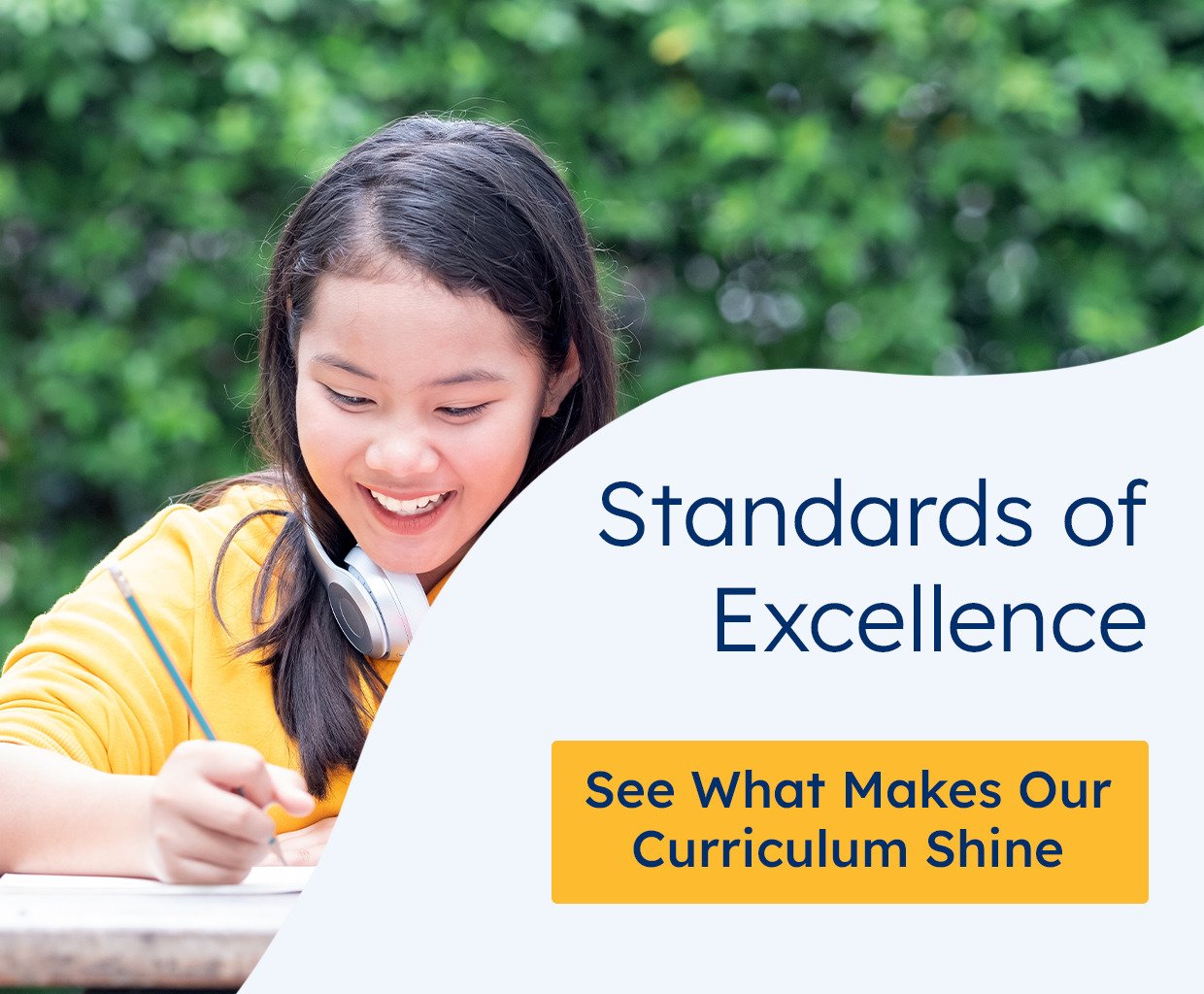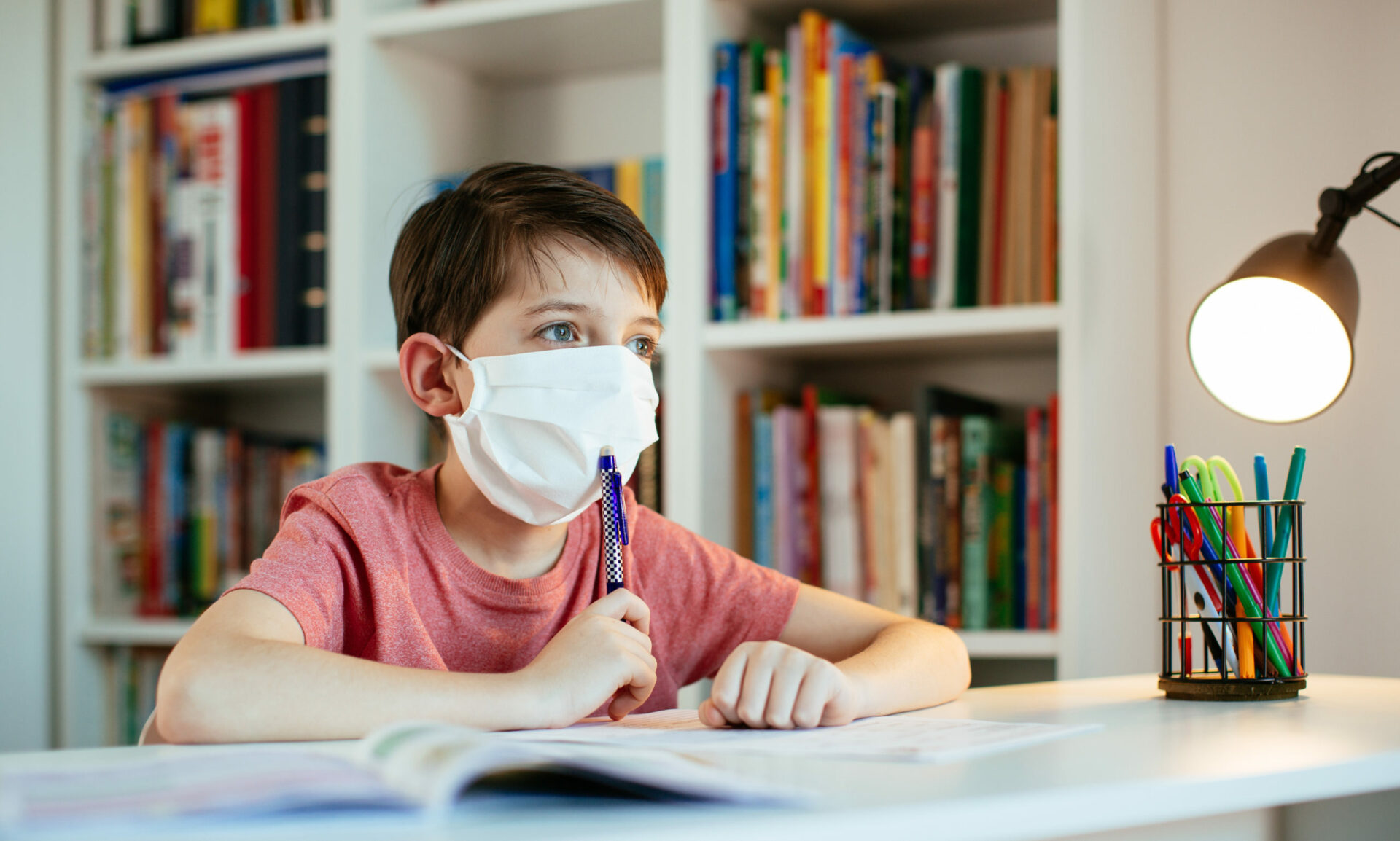Will there be school this fall?
“No question,” said Pennsylvania Governor Tom Wolf in mid-June.
Great. That answers that question, right? Pennsylvania has seen an overall decline in positive COVID-19 cases, so kids can go back to school. That was easy.
“Now, schools will look different. I mean, you’ll probably have more online learning. And maybe less classroom learning,” Wolf went on to say. “There might be fewer students in each classroom on average — that kind of thing.”
Well, ok. So, we don’t really know what school is going to look like come August and September. Unfortunately, that’s a question that literally every parent in the world needs to know the answer to.
Perhaps we’ll get some clarity from Virginia Governor Ralph Northam.
“To be clear, all Virginia schools will open for students next [school] year,” Northam said during a recent news conference.
There you have it, Virginians. School is on. No doubt about it.
“But the school experience will look very different,” Northam continued.
SIGH! So, what WILL the upcoming school year look like? No one really has any idea. There are so many questions to answer before deciding what you should do with your kids in the fall, but those questions may not actually get answered for quite a while.
And if that’s the case, what are parents and kids supposed to do when school is scheduled to start? Let’s look at the possibilities and scenarios first.
1. Schools open as usual, as scheduled. This is a possibility, though it remains to be seen how well COVID-19 has been contained at that point. If states have not seen sharp declines in their positive case numbers by that point, all bets are off. Assuming schools do open up, as Governors Wolf and Northam alluded to, they’re going to look different–most likely a hybrid of in-person and online learning designed to limit capacity at schools to 50% or less.
At this stage, with so many states still experiencing spikes in COVID-19 cases, others seeing waves of the virus for the first time, and the “perfect storm” scenario of the common influenza virus infiltrating schools while COVID-19 is still very much an issue, it’s hard to believe many (if any) states will fully reopen schools with all students returning to physical buildings.
After all, there are MANY issues that need to be addressed between now and the new school year to make that scenario feasible: How do you make already-packed classrooms now socially distant? Same thing with school buses. What does lunch period look like, especially for younger kids? Crowded hallways? Will masks be required? Will students shuffle between classrooms or stay in the same room for all subjects? Obviously, quite a few questions need answers in order to make a full reopening possible. What’s more than likely going to be the case across the country is either a blend of remote and in-person learning or strictly remote learning in areas where the pandemic is still prevalent.
If either of these scenarios is actually the case, most parents of public and private school children would probably agree that a more “permanent” or sustainable online/remote learning program or system needs to be put into place. To be clear, teachers and administrators were forced into a very difficult–and unprecedented–situation and did not have any time to fully prepare for home-based learning. What was eventually used was sufficient for a few months, but I think even teachers would agree that the final months of the school year weren’t ideal and wouldn’t be the first choice to use for an entire school year. Hopefully, based on newfound experience and the input of parents and teachers, school districts will have crafted a comprehensive remote learning plan for the 2020-21 school year, rather than a “school at home” type of scenario. And no, school at home is not the same as homeschooling.
2. Schools open, then are forced to close due to another outbreak. Let’s hope this isn’t the case, but if it is, at least it won’t be uncharted territory for schools. Colorado Governor Jared Polis has already presented this caveat when talking about reopening schools in his state. “Most likely, and I express a strong sense of optimism, most schools will be back largely in a normal way,” Polis said. However…he followed that by saying that schools also may close periodically when “there’s an inevitable outbreak.”
Unfortunately, no one knows what’s going to happen come fall, though most experts in the field of epidemiology agree that a second “wave” or outbreak of COVID-19 is likely. With that in mind, school administrators and state governments are in the unenviable position of deciding how to proceed with the school year. While everyone agrees that children need to go back to school, making that decision only to reverse it if there’s another wave of illness is going to cause major headaches. Not just for the kids who are being pulled in different directions. Not just for the teachers who have to adjust their approaches and lessons. But also for the parents who have work responsibilities and now have to be at home with their children as they try to do their jobs at the same time. It’s just not an ideal situation for anyone involved, but it’s entirely within the realm of possibility. Florida Governor Ron DeSantis said recently, “Getting back on our feet in the school year is going to be really important for the well-being of our kids, but I think it’s going to be important for our parents, who have had to juggle a lot over the last few months.” You got that right, Governor. But it might be wishful thinking.
3. Schools open for online/remote/virtual/distance learning only. This is probably the least likely scenario to start the school year, but if the pandemic rears its ugly head with a vengeance in the fall, this will probably wind up being the most likely scenario to continue or finish the school year. Dr. Heather Mueller, the deputy commissioner for the Minnesota Department of Education may have summed it up best when she said, “We really want to give our school districts the opportunity to plan thoughtfully for those three scenarios [the same scenarios listed in this article] because it is quite possible that we will be in all three of those scenarios in the 2020-2021 school year.”
Dr. Mueller may be right–there is a chance that schools open normally in some areas, are forced to close because of another wave of the coronavirus, and then wind up switching over to entirely remote instruction. In the unlikely event that schools start the year strictly with distance learning, parents must hope that lessons were learned during the spring and that an effective program is ready to launch for the upcoming school year. While it’s hard to place blame on the shoulders of school administrators and teachers for what was a rough transition into distance learning (after all, no one had ever been placed in this type of situation before, and it was just as difficult and challenging for them as it was for parents and students), the quality of education students received at home wasn’t what it would’ve been in the classroom and children can’t afford to lose more ground if they’re forced to learn entirely from home.
So, with those scenarios in mind, the real question is–what should you do? If you have children in public or private schools, it’s not an easy question to answer. Your kids only get one chance to go to school, and a wasted year is a big deal. The problem is, nobody has any idea what’s going to happen! Maybe COVID-19 miraculously goes away (unlikely). Perhaps a vaccine is created and approved by fall (also doubtful…more likely sometime in early 2021). The only certainty is that there will be plenty of uncertainty, and that’s not enough reassurance for many families.
A very appealing option to consider, if you haven’t already, is homeschooling. Whether it’s for just one year or longer, homeschooling…
- Provides you with the peace of mind knowing that your child is in a safe, controlled environment, not exposed to the germs and potential spread of the virus from hundreds of other students.
- Offers an excellent education that students simply can’t get from “school at home”.
- Delivers the flexibility that working parents need if their kids aren’t in school. With homeschooling, families can create their own schedules to accommodate their needs–school can be done at night, during the day, early in the morning, even on weekends!
If you’re hesitant to send your child back to school in the fall, you’re not alone. Homeschooling is an excellent alternative, and Bridgeway Academy is here to help. Bridgeway offers a wide variety of programs and options, including Self-Paced Classes, blended learning* (textbook and online), full Grade Level Kits with an entire year of curriculum, and Live Online Classes for a classroom-like experience. Additionally, most of our programs are accredited, and we offer supplemental support that takes the burden of grading, paperwork, and other administrative duties off your plate so you can focus on teaching.
As an added incentive, Bridgeway recently launched a scholarship dedicated to new-to-homeschooling families! If you’re considering switching to homeschooling, you could win $500 to put toward your Bridgeway Academy tuition…just one more great reason to consider homeschooling!
Call (800) 863-1474 today to learn more about homeschooling and how Bridgeway Academy can help you get started.
*Grades 1-6 only










